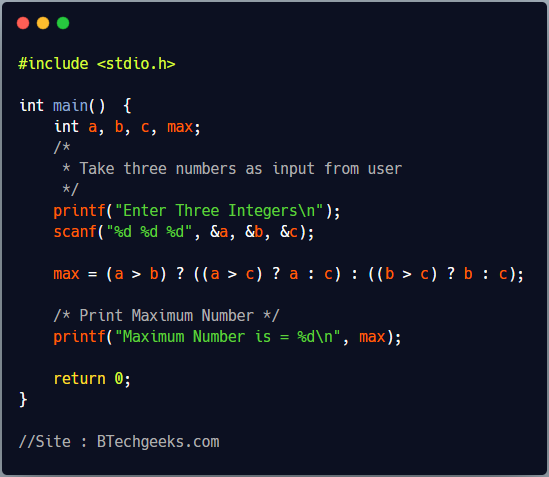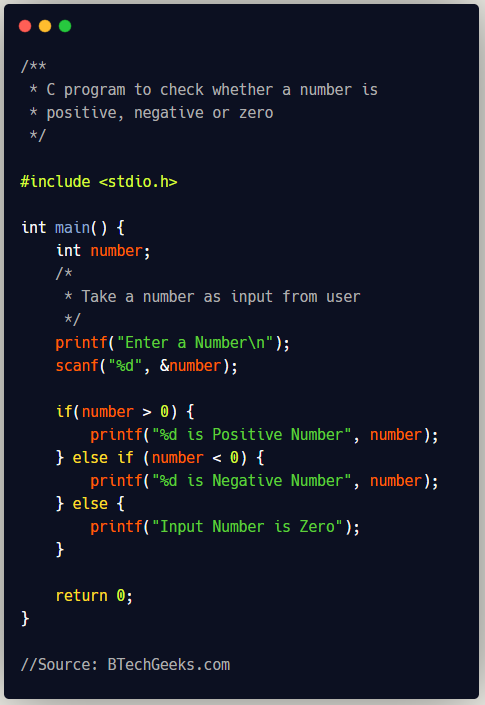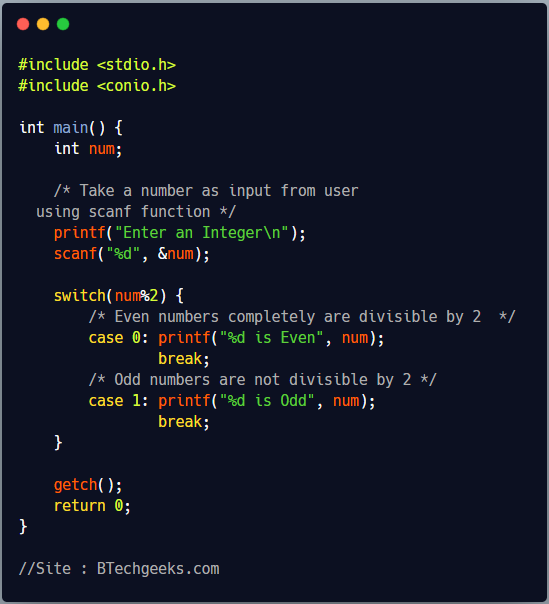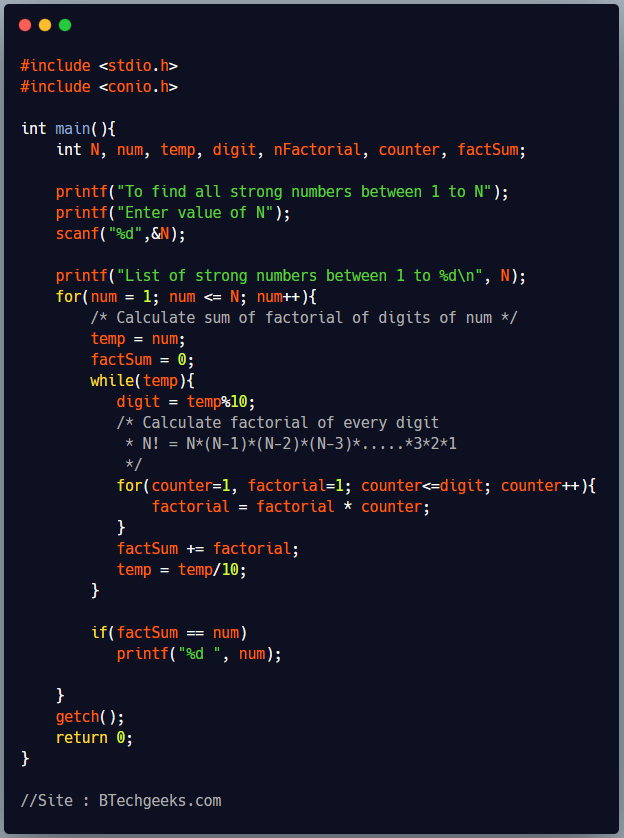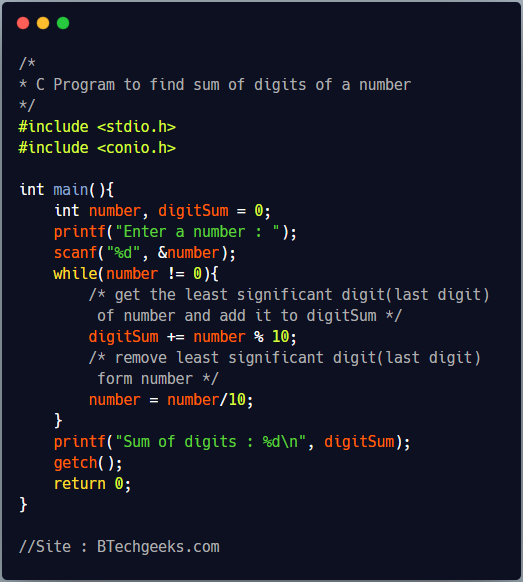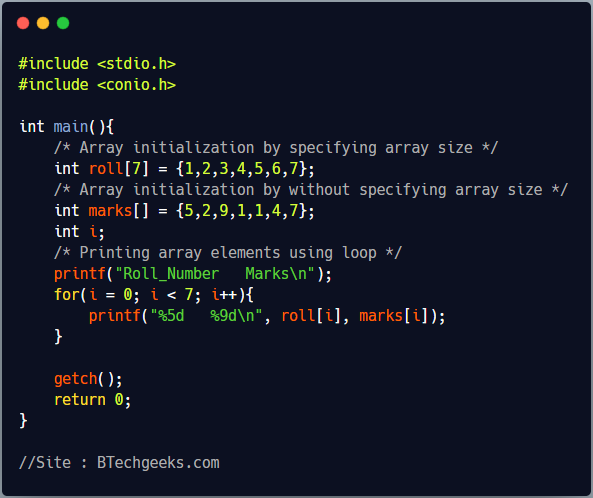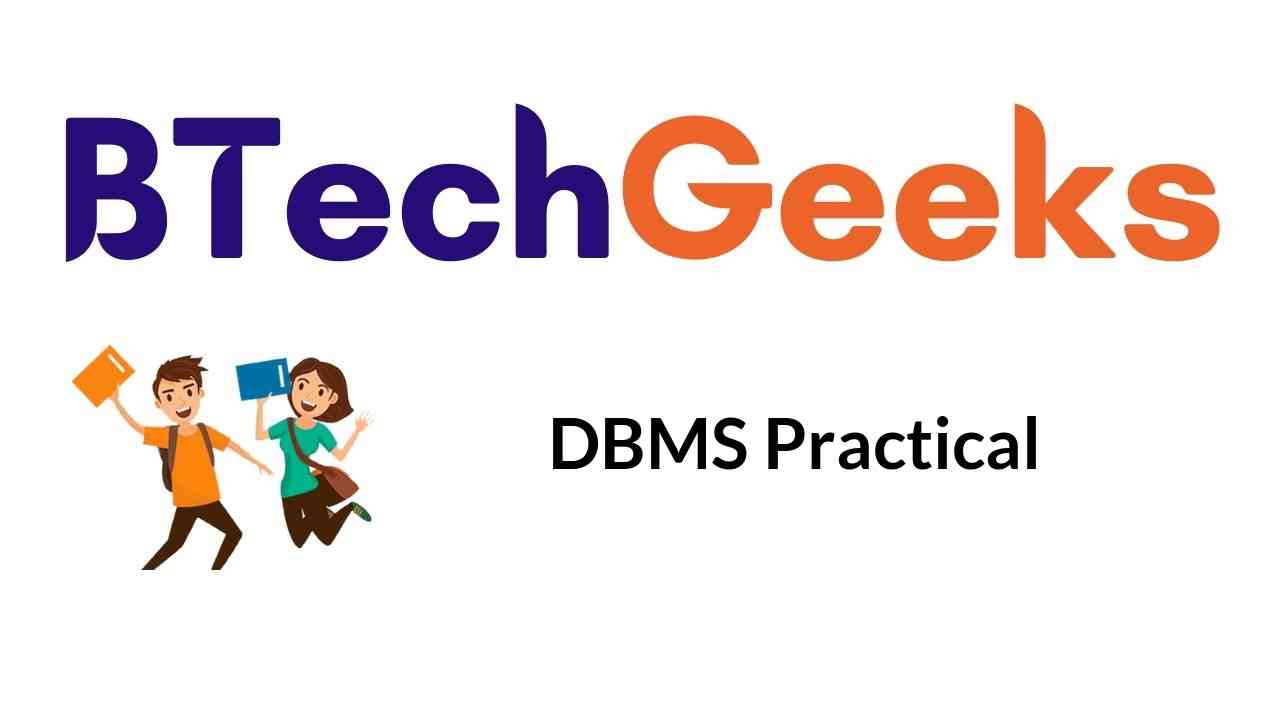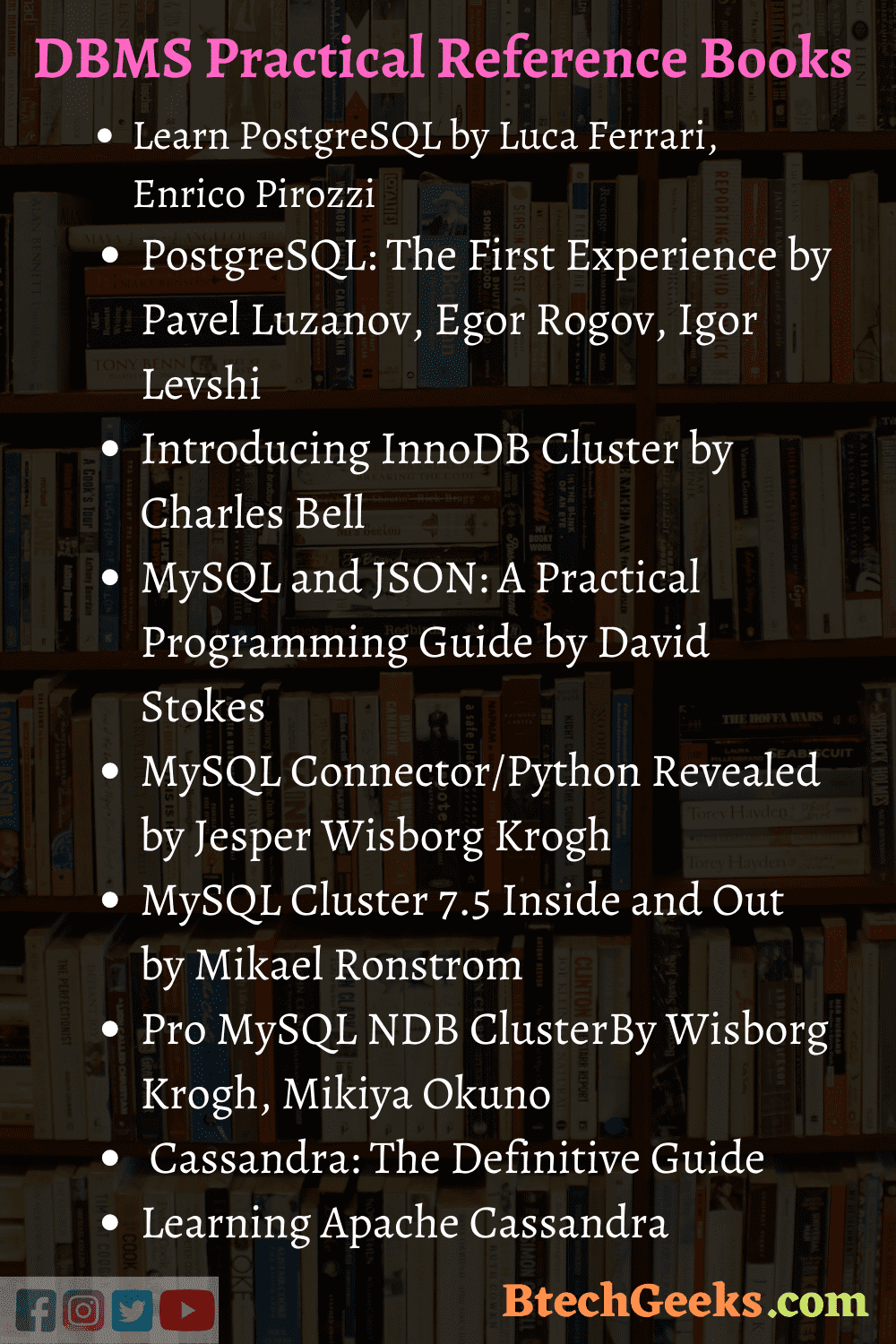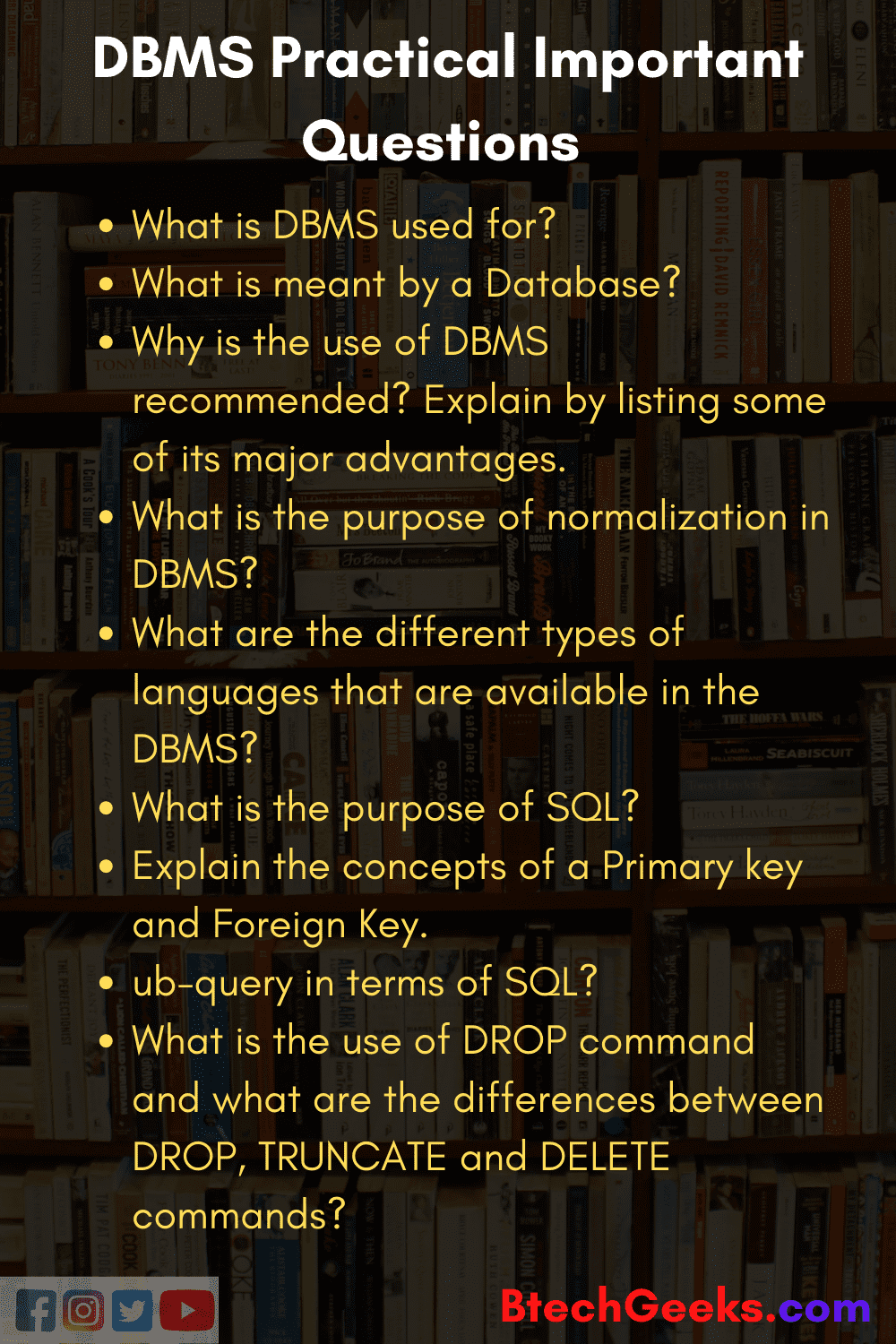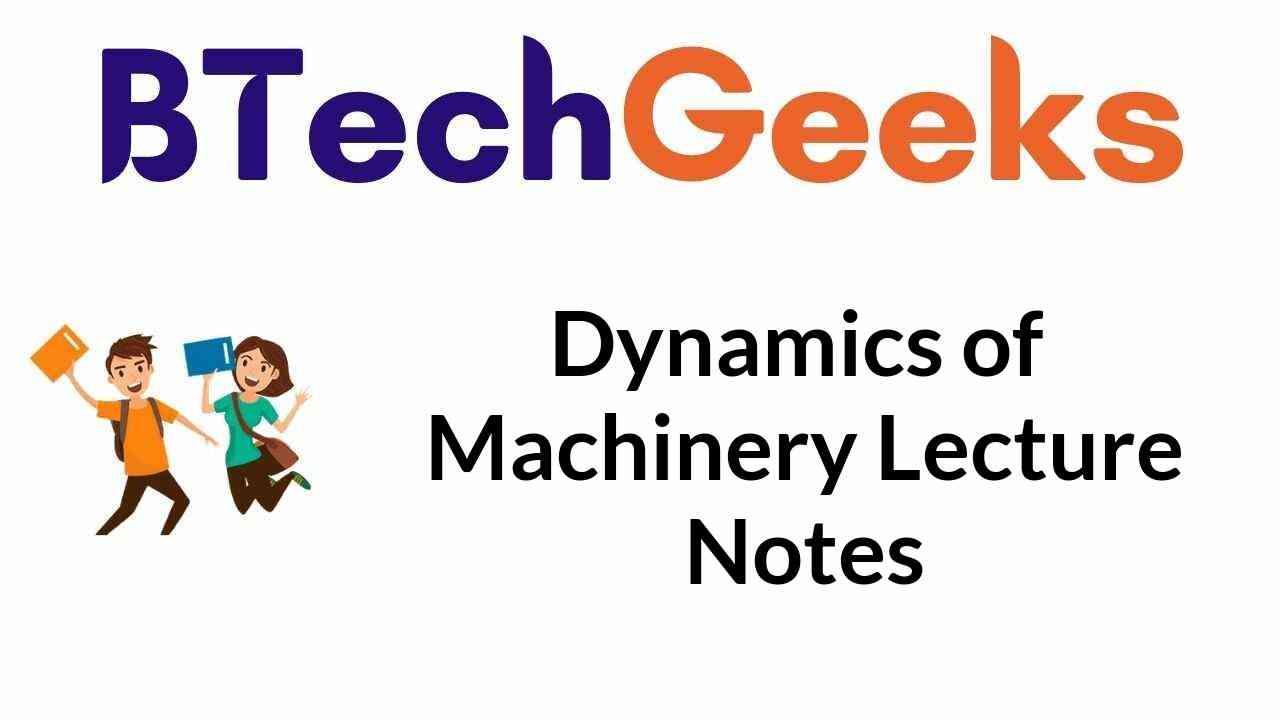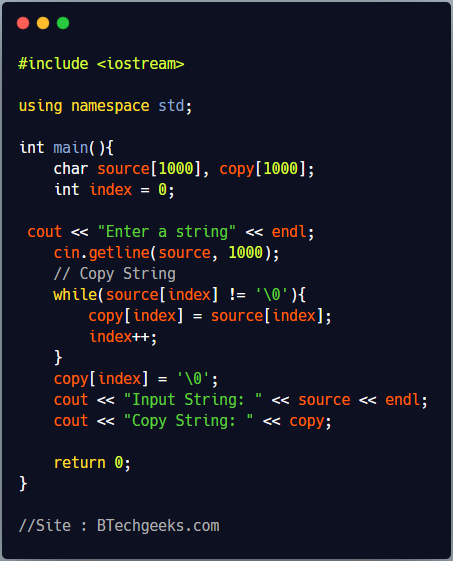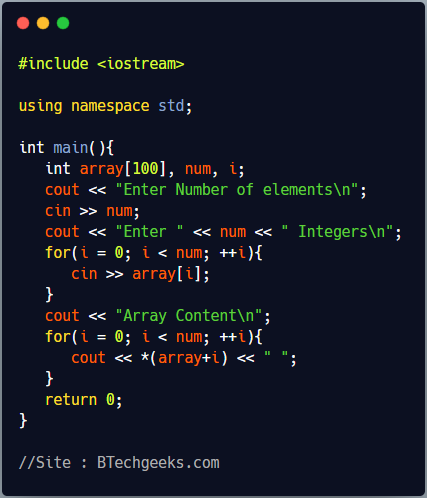Dynamics of Machinery Lecture Notes: Planning to choose a career in the field of Dynamics of Machinery. Acquiring the notes will help you to get good marks in the exam. This note includes a comprehensive study plan, all-important information and timetable. Students will get information about the latest Reference Books, Syllabus and Important Questions List for Dynamics of Machinery Lecture Notes.
Dynamics of Machinery Lecture Notes are one of the essential study materials that can improve the students preparation for the exam. Candidates with the help of these notes can score better marks.
The article given below helps the students access the best Dynamics of Machinery Lecture Notes as per the latest curriculum.
Introduction to Dynamics of Machinery Notes
Dynamics of machinery is a theoretical branch of study dealing with the mechanisms of machines and its motions by accounting for the different forces that act on them. This subject is concerned with understanding some basic problems such as: defining which laws govern the mechanisms of movement of the machines, understanding the control of the mechanisms, investigating the implications of friction and figuring how the balance works in the machines.
To understand the laws related to the motion of elements, mathematical tools such as differential equations are employed to characterize the forces acting on the system or the machine unit, one that usually comprises elements like a motor, transmission, and some control elements.
Dynamics of Machinery Lecture Notes and Study Material Free Download
In Dynamics of Machinery, you will learn the fundamentals of machinery, its terms, Effect of Precession motion and different aspects of the topic. Learning from Dynamics of Machinery Lecture Notes helps the student become active, so the learning process is improved. Aspirants can start their preparation with all the tools to help them score better marks in the exam. The students can refer and use the Dynamics of Machinery Lecture Notes pdf and Study Materials as a reference. Students pursuing mechanical engineering can also download PDF notes.
Dynamics of Machinery Lecture Notes Reference Books
Reference books for Dynamics of Machinery Lecture Notes are an essential source of information. It provides explanations and necessary information about the topics. Students should refer to books recommended by subject experts as it will help them to understand the subject accurately. Candidates will understand the topics if they consult the latest version that includes the updated syllabus. Here is a list of the best-recommended books for Dynamics of Machinery Lecture Notes.
| Books |
Author |
| Theory of Machines |
Sadhu Singh |
| Theory of Machines |
Thomas Bevan |
| Design of Machinery |
Robert L Norton |
| Dynamics of Machinery |
S Balaguru |
| Kinematics and Dynamics of Machinery |
Norton |
| Theory of Machines |
S S Ratan |
| Machine and Mechanism Theory |
J S Rao and R V Dukkipati |
| Theory of Machines |
Khurmi |
Dynamics of Machinery Syllabus
The best way to commence your preparation for the Dynamics of Machinery Lecture Notes course is to understand the syllabus and the topics of the subject. The syllabus of Dynamics of Machinery is a reliable course planning tool that plans and organises the subject for a student. The article on Dynamics of Machinery Lecture Notes provides a detailed structure along with the latest and updated syllabus, keeping in mind every student’s requirements and assessing their preparation efficiency.
The curriculum of Dynamics of Machinery provides students a clear idea about what and how to study and analyse the subject. The article on Dynamics of Machinery Lecture Notes presents all the essential topics under each unit so that students can allot time for each topic and prepare accordingly. Students must cover all the unit-wise topics before attempting the Dynamics of Machinery exam so that the exam paper is easy to answer. The updated syllabus also assures that students remain aware of the Dynamics of Machinery updated syllabus to prevent from wasting unnecessary time on irrelevant topics.
Here is a list of the updated syllabus for Dynamics of Machinery
| Unit I
Precession |
- Gyroscopes
- Effect of Precession motion
- Static and Dynamic Force analysis of planar mechanisms
|
| Unit II
Friction |
- Inclined Plane
- Friction of Screw and Nuts
- Pivot and Collar
- Uniform and Pressure
- Uniform Wear
- Friction Circle and Friction Axis
- Boundary Friction
- Film Lubrication
|
| Unit III
Clutches |
- Friction Clutches – Plate Clutch or Single Disc
- Multiple Disc Clutch
- Cone Clutch
- Centrifugal Clutch
Brakes and Dynamometers
- Simple Block Brakes
- Internal Expanding Brake
- Band Brake of Vehicle
- Dynamometers – Transmission and Absorption
- General Description and Methods of Operations
|
| Unit IV
Turning Moment Diagram and Flywheels |
- Turning Moment – Torque Connecting Inertia
- Torque Diagrams
- Fluctuation of Energy
- Fly Wheels and their Design
|
| Unit V
GOVERNORS |
- Watt
- Porter and P roell Governors
- Sensitiveness
- Isochronism and Hunting
|
| Unit VI
BALANCING |
- Multiple and Single – Balancing of Rotating Masses
- Single and Different planes
|
| Unit VII
Balancing of Reciprocating Masses |
- Primary ,Secondary and higher Balancing of reciprocating Masses
- Unbalanced Forces and Couples
- Locomotive Balancing
- Hammer Blow
- Swaying Couple
- Variation of Tractive Efforts.
|
| Unit VIII
Vibration |
- Oscillation of Pendulums
- Centers of Suspension and Oscillations
- Transverse loads
- Dunkerley’s Method
- Rayleigh’s Method
- Critical Speeds
- Torsional Vibration
- Transmissibility
|
List of Dynamics of Machinery Important Questions
Candidates pursuing Dynamics of Machinery can refer to the list of all the essential questions stated below for the Dynamics of Machinery Lecture Notes. The assigned questions are aimed to help the students to excel in the examination. Here is a list of questions that will help the students to understand the subject precisely.
- State the term static force analysis.
- Distinguish between free body and space diagram.
- When will the two force members be in equilibrium?
- Distinguish the difference between dynamic force analysis and static force analysis.
- Define the term D’Alembert’s principle.
- State the principle of superposition
- What is Piston effort?
- What are the fundamentals of an equivalent dynamical system?
- Explain the term Inertia force.
- State the difference between the flywheel and governor function.
Frequently Asked Questions on Dynamics of Machinery Lecture Notes
Question 1.
How are the Dynamics of Machinery Lecture notes and study materials Important?
Answer:
The notes of Dynamics of Machinery provides students a clear idea about what and how to study and analyse the subject. It gives students time for each topic to prepare accordingly.
Question 2.
Name some of the Reference books of Dynamics of Machinery?
Answer:
Some of the Reference books of Dynamics of Machinery: Theory of Machines, Dynamics of Machinery, Machine and Mechanism Theory and Design of Machinery.
Question 3.
State the term inertia?
Answer:
Inertia is the property of matter offering resistance to any change of uniform motion in a straight line or its state of rest .
Question 4.
Name some of the topics of Dynamics of Machinery?
Answer:
Some of the topics of Dynamics of Machinery: Gyroscopes, BALANCING, Oscillation of Pendulums, Watt and Centers of Suspension and Oscillations
Conclusion on Dynamics of Machinery Lecture Notes
The Dynamics of Machinery Lecture Notes and Study Materials presented above are aimed to assist the students at the time of exam preparations. They are reliable and have authoritative references focused on helping graduates and improving their knowledge and understanding of the subject during the time of preparation of the exam. Students can refer and practice from the provided notes for Dynamics of Machinery and essential questions from this article.
DRREDDY Pivot Calculator
